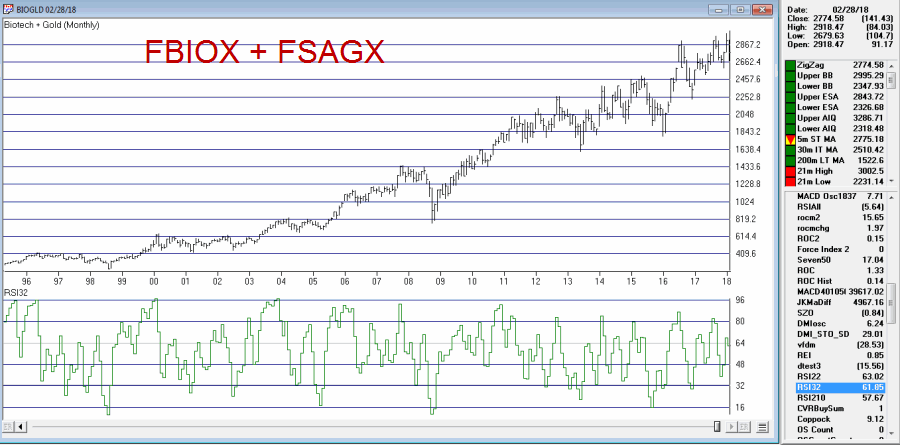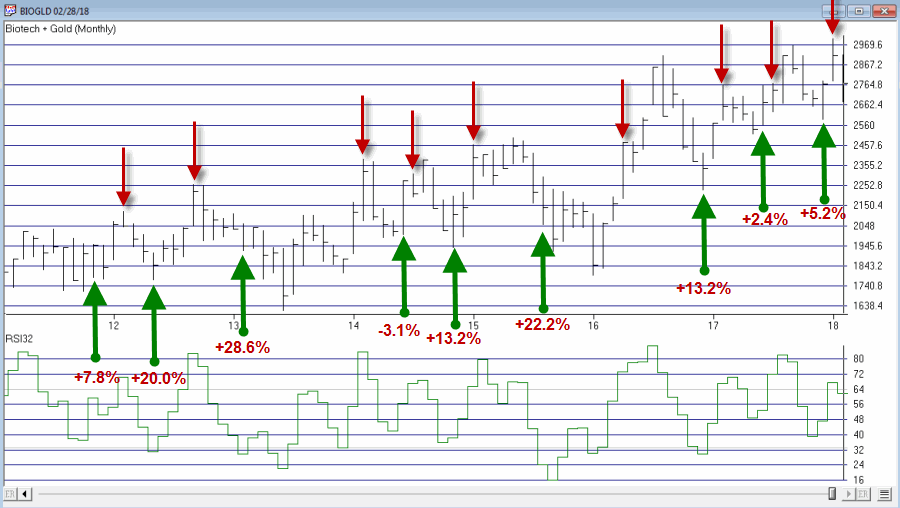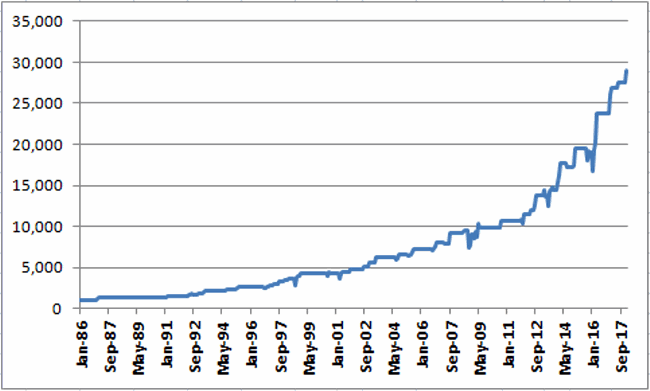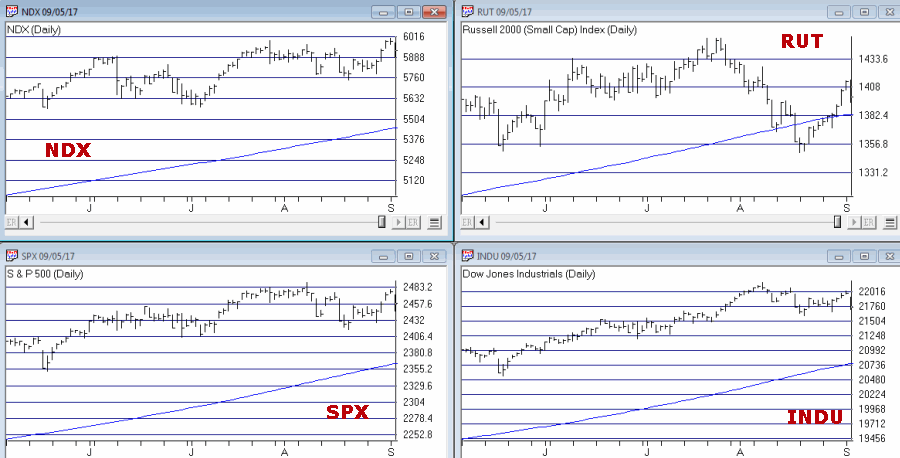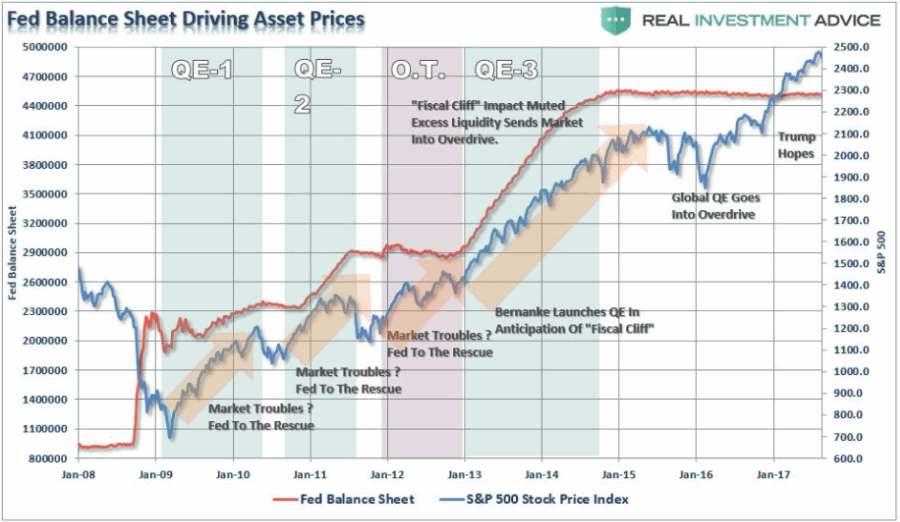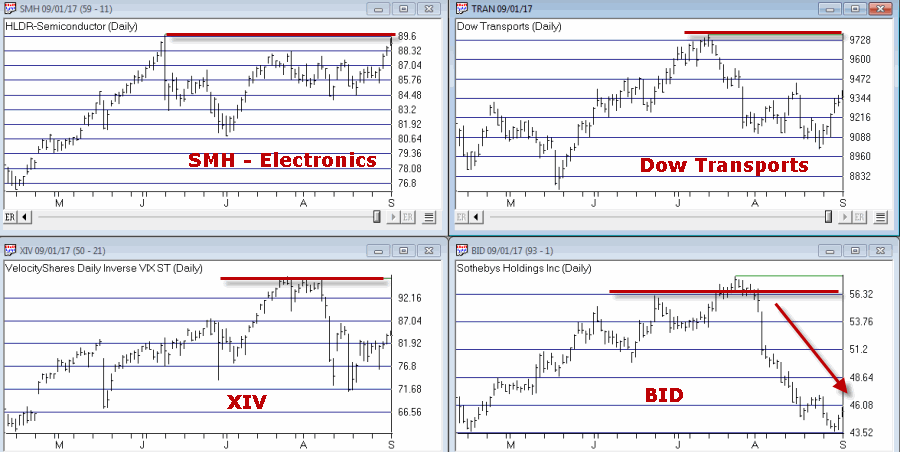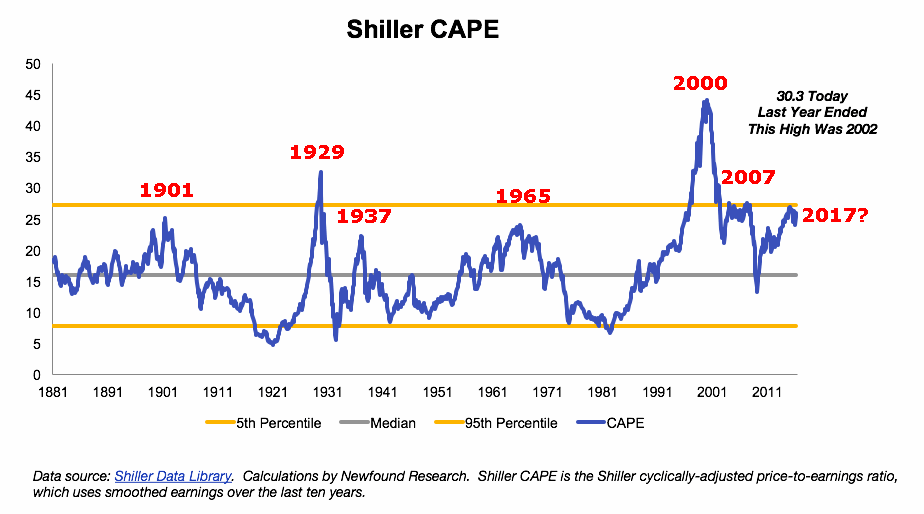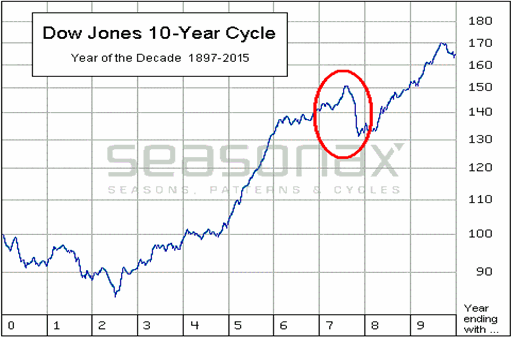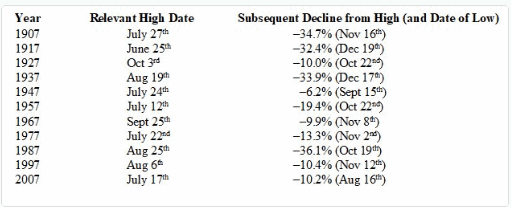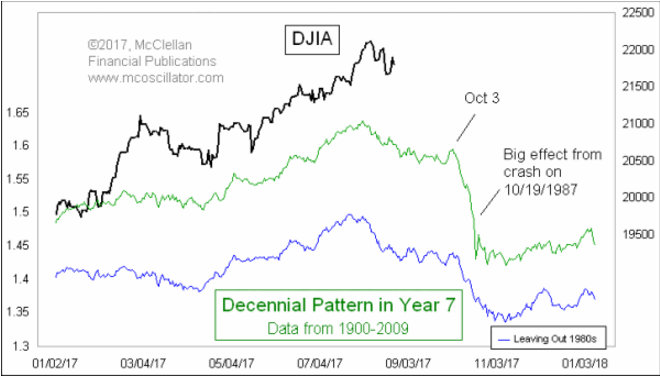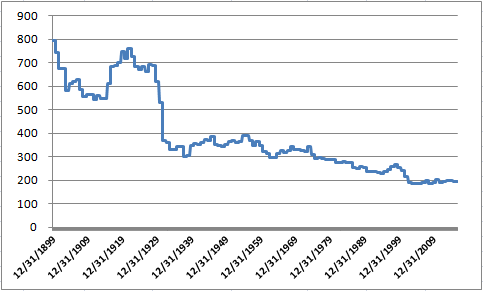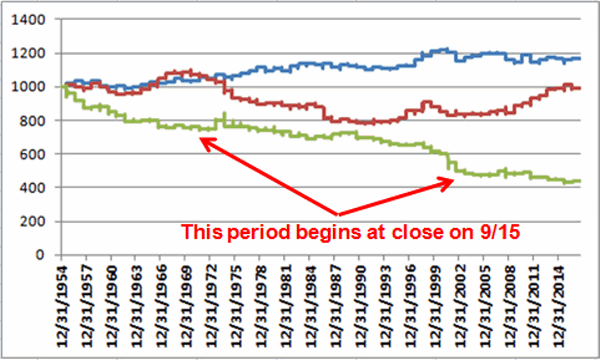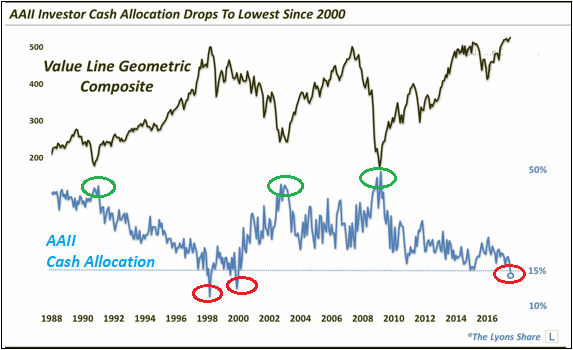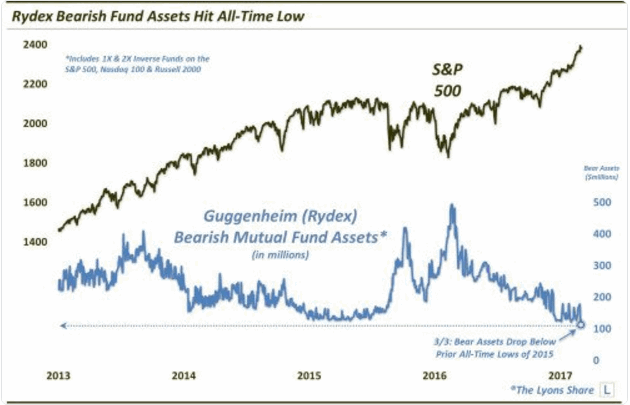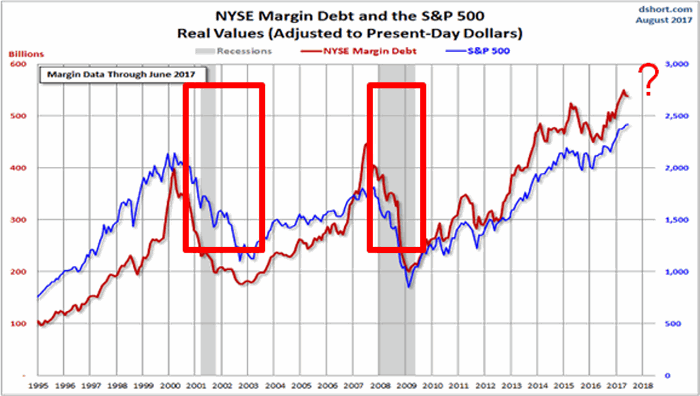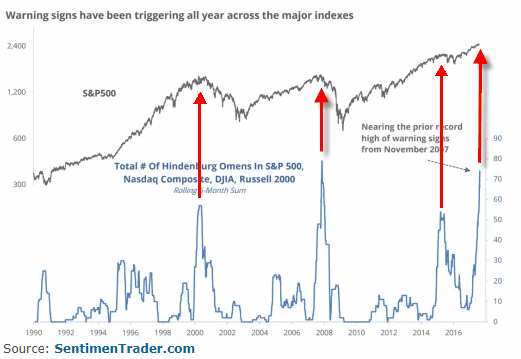A glance at the history of the Presidential Election Cycle in the stock market suggests that we should:
*Not be surprised that the stock market is foundering a bit at the moment
*Not be terribly surprised if things get worse – particularly during the months of June through September of this year
*Anticipate that if the market does take a bigger hit in the months ahead that it may well set the stage for another significant advance into the middle of the mid-term election year.
A Little Presidential Election Cycle History
For our purposes we will start the test on 12/31/1932 and define the cycle as containing the following four years:
*Post-Election
*Mid-Term
*Pre-Election
*Election
First the Bad News: Figure 1 displays the growth of $1,000 invested in the S&P 500 Index (using monthly closing price data) ONLY from the end of January of each Mid-Term Election Year through the end of September of each Mid-Term Election Year (i.e., the latest iteration began on 1/31/2018 and will extend through 9/30/2018).
Figure 1 – Growth of $1,000 invested in S&P 500 Index ONLY from Jan31 through Sep30 of each Mid-Term Election Year (1932-2018)
As you can see, the cumulative performance for the S&P 500 Index during the Mid-Term February through September period is a fairly painful -44.3% (for the record, the cumulative gain from buying and holding the S&P 500 from 12/31/1932 through 2/28/2018 was +39,288%, so yes, this qualifies as a period of some serious under performance).
That being said, it should be noted that this Mid-Term Feb through Sep period showed a gain 12 times and a loss only 9 times. So a “rough patch” is no sure thing. The problem is that when this period is bad, it is “very bad”. As you can see in Figure 3 later, this period experienced 6 losses in excess of -17.5% (FYI, a -17.5% decline from the 1/31/2018 close of 2823.81 would see the S&P 500 Index hit 2330).
Then the Good News: On the brighter side, Figure 2 displays the growth of $1,000 invested in the S&P 500 Index (using monthly closing price data) ONLY from the end of September of each Mid-Term Election Year through the end of July of each Pre-Election Year (i.e., the latest iteration begins on 9/30/2018 and will extend through 7/31/2019).
Figure 2 – Growth of $1,000 invested in S&P 500 Index ONLY from Sep30 of each Mid-Term Election Year through Jul31 of each Pre-Election Year (1932-2018)
Notice any difference between Figures 1 and 2? This favorable period saw the S&P 500 register a gain during 20 of the past 21 completed election cycles (i.e., 95% of the time), with an average gain of +21.6%, and a cumulative gain of +3,730%.
Figure 3 displays the numerical results for each cycle.
| Mid-Term | Pre-Election | Mid-Term Feb through Sep | Mid-Term Oct thru Pre-Election July |
| 1934 | 1935 | (18.5) | 21.8 |
| 1938 | 1939 | 14.5 | (1.6) |
| 1942 | 1943 | 0.5 | 32.0 |
| 1946 | 1947 | (19.4) | 5.3 |
| 1950 | 1951 | 14.1 | 15.2 |
| 1954 | 1955 | 23.9 | 34.7 |
| 1958 | 1959 | 20.0 | 20.9 |
| 1962 | 1963 | (18.3) | 22.9 |
| 1966 | 1967 | (17.6) | 23.8 |
| 1970 | 1971 | (0.8) | 13.4 |
| 1974 | 1975 | (34.2) | 39.7 |
| 1978 | 1979 | 14.9 | 1.2 |
| 1982 | 1983 | 0.0 | 35.0 |
| 1986 | 1987 | 9.2 | 37.8 |
| 1990 | 1991 | (7.0) | 26.7 |
| 1994 | 1995 | (3.9) | 21.5 |
| 1998 | 1999 | 3.7 | 30.6 |
| 2002 | 2003 | (27.9) | 21.5 |
| 2006 | 2007 | 4.4 | 8.9 |
| 2010 | 2011 | 6.3 | 13.2 |
| 2014 | 2015 | 10.6 | 6.7 |
Figure 3 – Unfavorable versus Favorable portions of Election Cycle
Summary
So what does it all mean? Well, it means a few things. By my objective measurements the overall trend is still “bullish” and a number of “oversold” indicators are suggesting that a bounce of some significance may be at hand. That being said, if the major market indexes do start to break down below their respective 200-day moving averages investors may be wise to take some defensive action. If the market does experience a further break between now and the end of September, it may well be “one of the painful kind.” So if you haven’t already, make your contingency plans now.
Figure 4 – Major Market Indexes with 200-day moving averages (Courtesy AIQ TradingExpert)
At the same time, as the end of September of 2018 nears – especially if the stock market has experienced or is experiencing at the time, a significant break – remember that history suggests that that will be a good time to “think bullish.”
Call me a cynic, but my guess is that alot of investors will do exactly the opposite on both counts (i.e., hang on if the market breaks down and then sell as the next bottom forms – Same it as ever was….)
Jay Kaeppel
Disclaimer: The data presented herein were obtained from various third-party sources. While I believe the data to be reliable, no representation is made as to, and no responsibility, warranty or liability is accepted for the accuracy or completeness of such information. The information, opinions and ideas expressed herein are for informational and educational purposes only and do not constitute and should not be construed as investment advice, an advertisement or offering of investment advisory services, or an offer to sell or a solicitation to buy any security.







